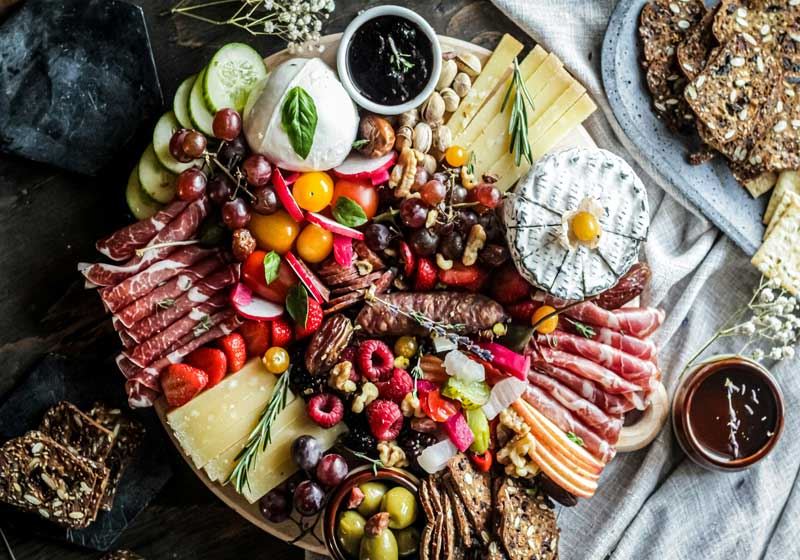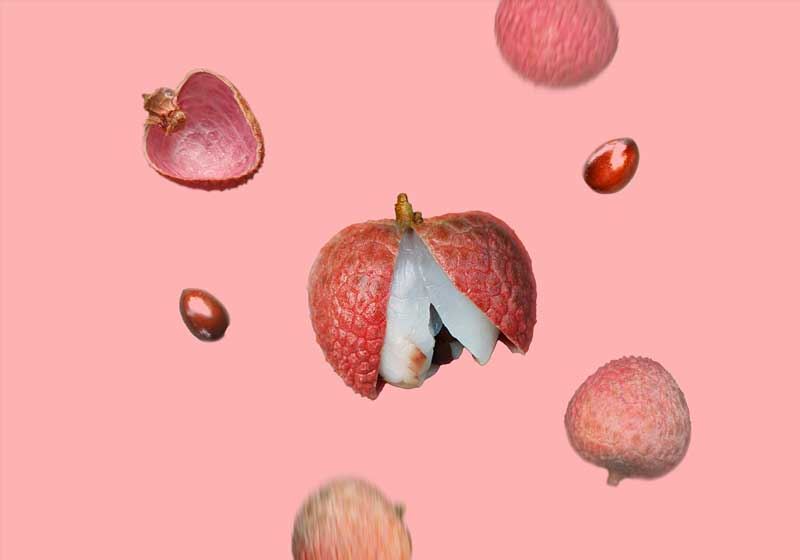By Laura Rancie.
There is no such thing as the perfect diet.
However, there is considerable and significant evidence-based science to back up the benefits of eating a wide and varied diet made up largely of fruit, vegetables, whole grains, legumes, nuts, seeds, pulses and fermented food and reducing consumption of processed, packaged products as well as generally reducing dairy and meat consumption in a western-style diet.
This can be overwhelming for many individuals, let alone families where various members have different dietary needs or restrictions. Food is connected to connection. That is, we do it socially, for celebrations, for comfort, for welcoming people into your home, to reach out, to heal.
"Food means something to people. They need to enjoy it, or it’s not going to last.” says Professor Christopher Gardner, a renowned authority in the field of nutrition science, from Stanford University.
"Food means something to people. They need to enjoy it, or it’s not going to last.” says Professor Christopher Gardner, a renowned authority in the field of nutrition science, from Stanford University.
Here are some tips on what worked for our family when we tried to go whole food plant-based.
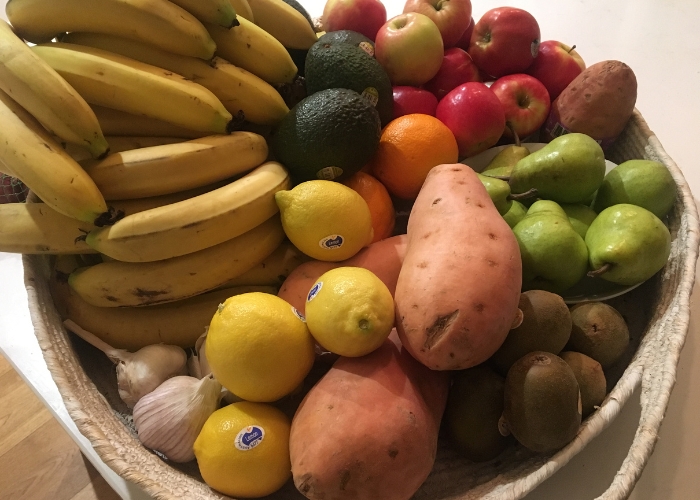
WHAT IS WHOLE-FOOD PLANT-BASED?
This lifestyle focuses on reducing processed, unrefined and man-made food. There are various reasons a person would choose this approach, be it for lifestyle, nutritional benefits, feeling better overall, or animal reasons and there are different approaches to it.
A firmer approach to this diet would be eliminating all meat, fish, dairy and eggs. We did not do this. We did however, steer clear of refined foods like white flour and grains, processed oil and refined sugar.
The term whole food-plant-based is used to describe food that is just that; derived from whole, plant foods with zero to very little interference. It’s almost like going back to a style of eating and preparing food that our ancestors would have been familiar with. Eating in season, picking only what you will consume. Maybe that's having a food forest or veggie patch in your garden or balcony, cultivating and harvesting it to sustain your family.
In today’s world, that may be as easy as going to your farmers' market and buying what’s in season, making your own sauces with copious and abundant types of salads and vegetables in all varieties and ways of cooking. We’re not talking carrot sticks and hummus; we’re talking about a Cypriot grain salad where the abundance of plants around the village would have made a hearty salad stacked with pomegranates, freekeh, parsley, coriander, chickpeas, freshly squeezed lemon juice, burghul, almonds and seeds.
To share what worked with my family over the years, we adopted a whole food plant-based approach ‘with benefits’. While I loved the above diet of fresh, seasonal food in the season and a return to slow food, we also considered as a family with three children what whole food meant to us.
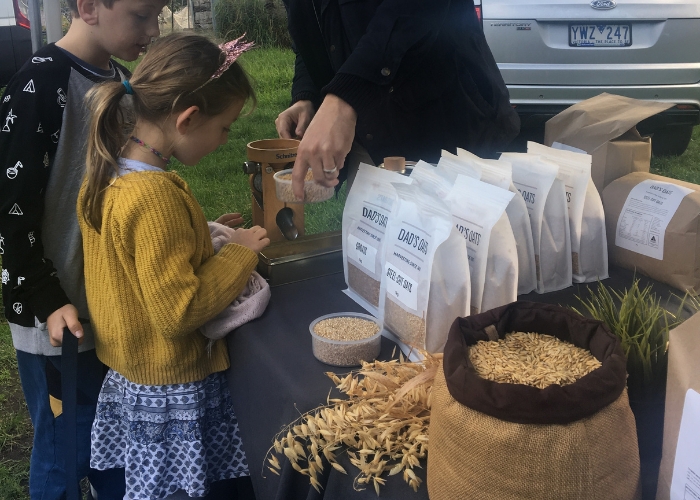
The other factor to consider was the influence of my French culture and upbringing. There were so many dishes integral to my identity as a French person living in Australia, recipes that would have been made in France for hundreds of years that I held important in my own family culture. For example bouef Bourguignon, bouillabaisse and coq au vin. I couldn’t imagine giving up this type of food, these recipes have been handed down generations in my family.
For these reasons, a whole food approach for us included keeping organic meats, or fish that was sustainably caught and high in Omega 3. We came to this decision after one particular Saturday morning at the Abbotsford farmers' market in Melbourne, where the price of turkey seemed too expensive, so I had considered buying it at the supermarket later that day.
However, when reading the ingredients that afternoon to a pre packaged ‘turkey’ from the meat section consisted of 36 ingredients, including fillers, flavours and preservatives, I realised that this was not what we wanted for our young family or to meet our health goals which includes a husband with Crohn’s disease.
We were happy that our approach to whole food plant-based included food we agreed on that was ‘whole’. We were not doing it from an animal rights perspective so were okay to very occasionally include meat and fish. In regards to cheese however, we decided not to eat refined style cheese such as colby, tasty and other such heavily processed cheese but were okay with blue-veined and some organic French cheese that had history and tradition backing it.
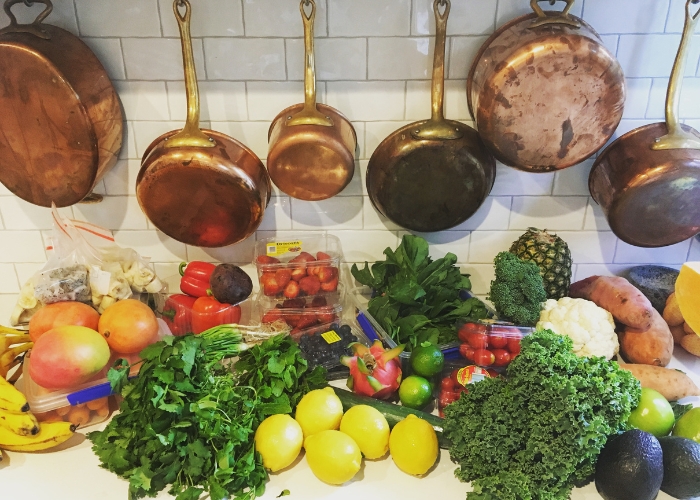
This may be weird to some! But it worked for us and included wholegrain bread, brown rice, coconut milk, coconut yoghurt, EVOO, nuts and seeds rich in omega-3 fatty acids to support a diet largely made up of fruits (smoothies, juices, whole fruits, fruit salads, fruit desserts) and vegetables.
Another factor when considering what ‘whole’ food meant to us, was the decision to include real butter even though a vegan would not. When we had looked at dairy-free butter alternatives, they were often filled with other ingredients, including oil and preservatives, colourings and additives. This wouldn’t have met our criteria of ‘as whole as possible’. We were happy the Woolies or Coles brand of organic butter met our needs, made of 100% organic cream.
By basing our diet around plant-based whole foods we were already upping our fibre intake increasing the nutritional content of our diet, as whole foods are packed with vitamins and minerals.
When deciding to turn away from cow’s milk, and at the time having two young children, I knew this was a decision that had to be made as a family, which had to include the opinions and fussy taste buds of little people. I wanted to make the experience fun so I bought lots of colourful shot glasses and about 12 different kinds of milk, including all varieties of goat, coconut, almond, soy, lactose-free and other dairy-free milk.
After studying the ingredients of each label and brand, we narrowed it down to those with the highest concentration of nut milk and each member of the family did shot glasses of milk, finally deciding on our favourite - coconut.
This article may cause controversy amongst true whole food followers who would argue that what we did was not the right way of adhering to the method, but it worked for us! Through the experience, we, as a family, learned a lot about nutrition, ingredients, what goes into food and why we select certain brands, products and ingredients over others. Ultimately it gave my children the opportunity and experience to research what goes into food, what makes it great, how to grow and harvest it and how to prepare it.
When examining the ten most popular diets that all others stem from, every single one of those will agree that a diet based on fruits, vegetables, legumes (such as lentils and beans), nuts and whole grains (for example, oats and brown rice) is optimal for great health. So if that is what every single diet can agree on, isn't that a great place to start your new lifestyle? Let's not call it a diet, and let's turn to a healthy lifestyle built on fruits, vegetables, legumes and whole grains. Over to you now ...
What do you think of a whole food plant-based diet? And did I include too many 'benefits' in our family version? Join the conversation here on Facebook. #wholefoodplantbased #wholefoodwithbenefits




